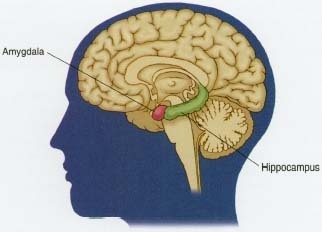
His name is Henry Gustav Molaison. He is famous as H.M., he was an memory disorder patient. When he was 9 years old, his head hit by a bicycle rider. He had seizures after the accident. However, scientists had no idea, and could not understand about his head, because they had no way to see inside his brain. Eighteen years after that bicycle accident, Dr. Scoville decided to remove two finger shaped slivers of tissue from Henry Gustav Molaison's brain. His surgery was successful in controlling the seizures but after this surgery, H.M had severe amnesia. He was still able to remember things from before the surgery but he could not retain any new memories. If he makes new experiences of memory, then he was forgotten all the memory after a while.

The case of H.M. was very important role in the development of theories that explain the brain function and memory. His personality, IQ, and knowledge of the world were intact. However his long term memory and short term memory was not the problem, because he could still remember of his youth, also he could memorize 8-digit numbers and retains the info for 30 seconds The real problem was the ability to convert short-term memories into long-term memories.
Hours after Henry Molaison’s death, scientists took scans of his brain; data that help exactly which areas of his temporal lobes were still untouched and which were damaged, and how this pattern related to his memory. His case has helped scientists understand much more about the brain.



